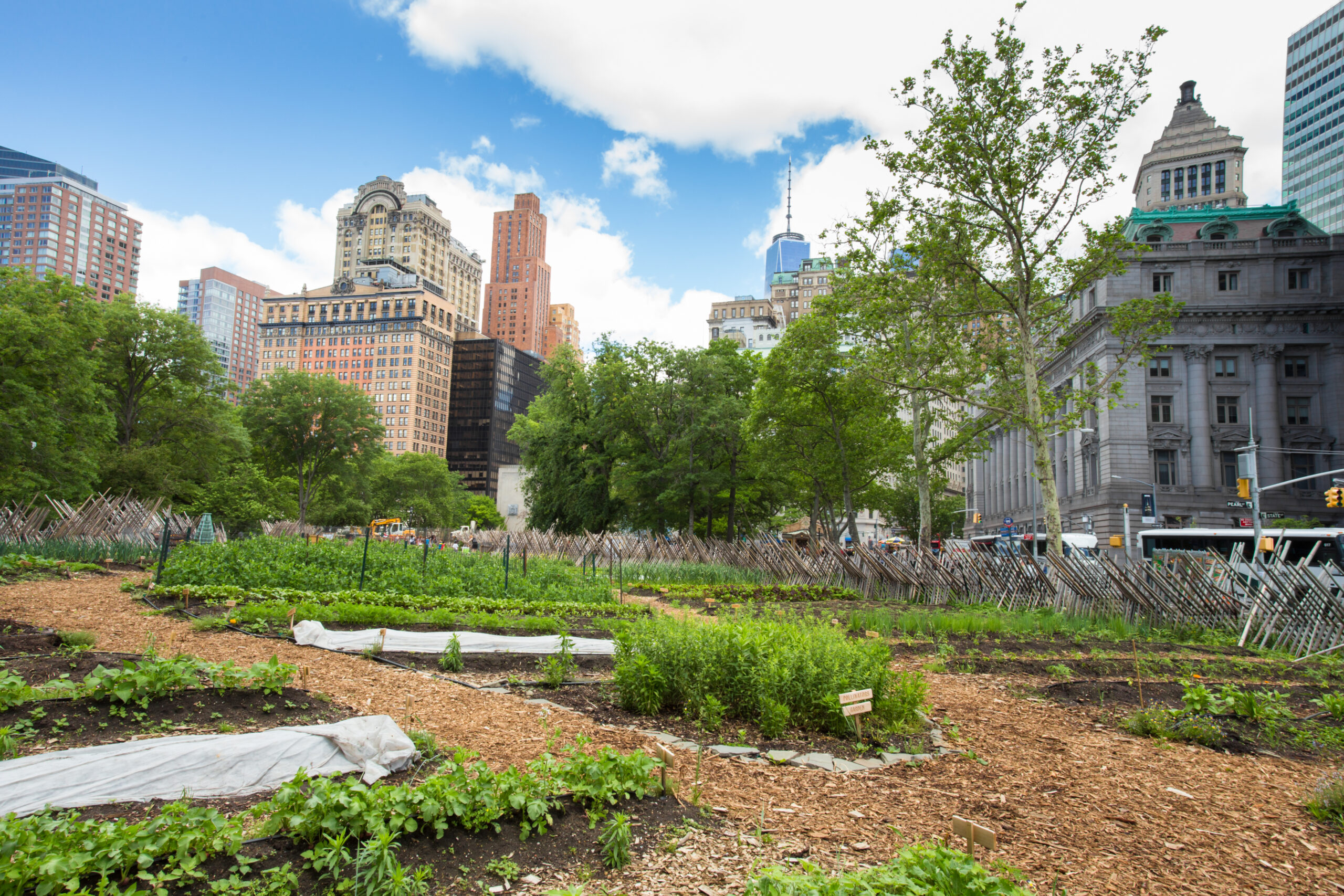The Ultimate Guide To City Blooming
The Ultimate Guide To City Blooming
Blog Article
An Unbiased View of City Blooming
Table of ContentsThe Single Strategy To Use For City BloomingCity Blooming Fundamentals ExplainedCity Blooming for BeginnersSome Known Incorrect Statements About City Blooming Excitement About City Blooming
Fascinated in growing food for sale in the City of Chicago? Below is a listing of regularly asked inquiries relating to the rules and policies that cultivators ought to think about when intending a city farming job.
The zoning amendment does not customize any kind of various other codes dealing with composting, structure licenses, buying or leasing City had residential property, service licenses or ecological contamination. There are existing codes that regulate these issues and they continue to be in complete impact and might apply to your job. Area yards are usually possessed or taken care of by public entities, civic organizations or community-based companies and kept by volunteers.
Urban farms expand food that is meant to be offered, either on a nonprofit or for-profit basis. Due to their industrial purpose, urban farms call for a service license. Yes. A community garden is enabled to sell excess create that was grown on website if the sales are accessory or secondary to the garden's main objective explained above.
Unknown Facts About City Blooming
Composting is permitted but just for plant material that is created and utilized on website. The amount of garden compost material can not go beyond 25 cubic backyards at any type of given time according to the criteria in 7-28-715 of the City's Municipal Code. Yes. Since the soil at many brand-new garden websites needs amending, compost, dirt, wood chips, or other materials can be gotten to construct or boost the expanding room - home and garden.

If a building license is needed after that the hoophouse will certainly be thought about an accessory building. You can figure out more about the structure authorization requirements by contacting the Division of Buildings. The 25,000-square-foot dimension restriction is planned to avoid a single neighborhood garden from dominating an offered block or diminishing the block's existing residential or business personality.
The limit does not apply to gardens located in Public Open Space (POS) areas. Can there be even more than one area garden that is 25,000 square feet on a solitary block? Secure fencing is not called for, however, yards that have huge vehicle parking locations might be called for to set up fencing or other landscape design features.
The Definitive Guide to City Blooming
B1 & B2 areas require that all business usage activities be carried out inside. R districts limit commercial activity. The regulations show the objective and intent of the Zoning Code. Is fencing needed for metropolitan farms? Yes. Fences might be called for, along with landscaping and screening, for sure auto parking locations and exterior job or storage locations relying on location and the particular task occurring.
Yes. Urban ranches need building authorizations and zoning approvals prior to construction. Other types of city review might be called for depending upon specific structures, activities, dimension, landscape design, licensing, public heath and stormwater management concerns. A number of these demands are recognized in the project design or allowing process, nevertheless, the applicant may be liable to separately identify certain licenses or allows that might be required.
The Division of Business Affairs and Customer Defense can aid identify the particular kind of service certificate that's required. Off road car park is required for most commercial tasks in Chicago. The needed number of vehicle parking spaces is based on the number of staff members working on website and not the square video footage of the expanding area.
The 5-Second Trick For City Blooming

Yes. An urban ranch can offer compost material generated on site, nonetheless, the procedure has to follow the guidelines in 7-28-715 of the Chicago Municipal Code. Yes. Aquaponic systems are try this enabled inside your home on metropolitan farms in numerous zoning districts. A zoning evaluation and structure license is called for in order to set up frameworks or systems and an organization certificate is called for as described above.
As much as five hives or colonies of honey bees might be maintained as an accessory use. Beekeepers have to register with the Illinois Department of Agriculture. To find out more regarding the recommended zoning modification you may call the Department of Real Estate and Economic Development, Bureau of Planning and Zoning at 312.744.8563.
, which takes place in country locations at the edge of residential areas.
Our City Blooming Statements
It can include an activity of natural farmers, "foodies" and "locavores", who seek to create socials media based on a common principles of nature and neighborhood holism. These networks can develop using formal institutional assistance, coming to be integrated right into local town planning as a "shift community" activity for sustainable urban development.
The more direct accessibility to fresh veggie, fruit, and meat items that might be understood through city agriculture can boost food safety and security and food security while lowering food miles, causing lower greenhouse gas emissions, thus adding to climate modification reduction. A few of the first evidence of urban agriculture comes from Mesopotamia.
Report this page